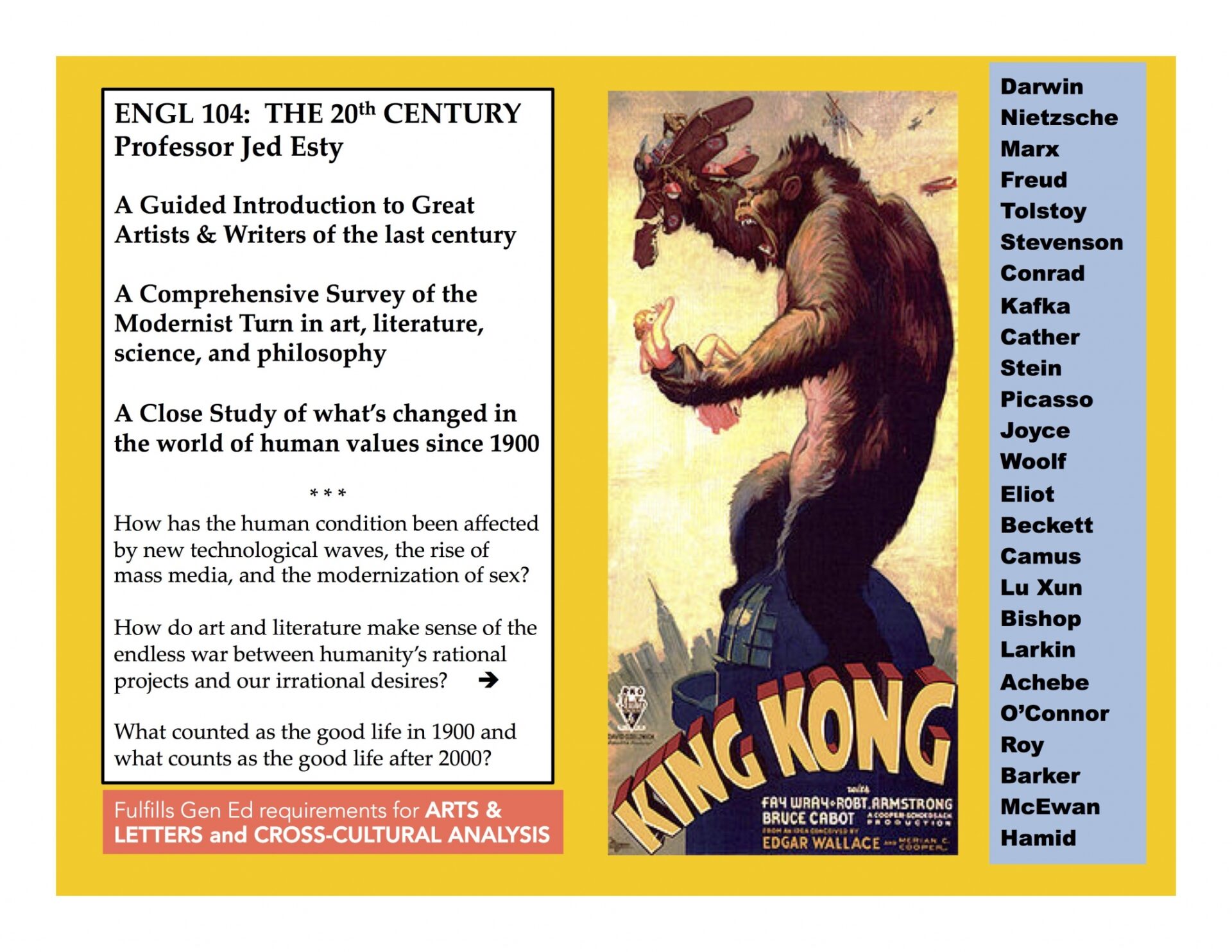Views of history change constantly. As historians view the last forty years, they face the difficulty of evaluating recent historical trends, such as economic cycles or the worldwide impact of the arms race. Today Western civilization can no longer be seen as separate from world culture.
Whereas nineteenth-century thought emphasized the dynamics of change in time, the twentieth century has focused on the role of the unconscious in human action and thought. The work of Sigmund Freud not only influenced the understanding of human relations but also had a vast impact on political and cultural theory. Sociologists sought to study society in the light of the subjective and non-rational elements in human life, as increasingly did historians and literary critics.
The three major philosophical movements of the twentieth century have been existentialism, influenced by such nineteenth-century thinkers as Nietzsche and Kierkegaard; logical analysis; and historicism, an attempt to find in history an answer to the ultimate philosophical questions. In the twentieth century historians have also asked new questions and opened up new fields of inquiry.
Intense specialization occurred in the sciences in the twentieth century. Einstein and others revolutionized physics by radically revising the Newtonian view of the world. Major developments in astronomy were closely linked to those in physics and contributed to popular fascination with space travel.
Great gains were also made in chemical and biological sciences and resulted in, among other things, greatly expanded life expectancy and increased food production. Scientific findings were also politicized, especially where they touched upon the environment, population control, and issues of morality and the individual.
In literature, the novel remained the most important form of imaginative writing. The new psychology influenced novelists as they examined the individual’s unconscious drives. James Joyce’s experimental novel, Ulysses, made use of the new “stream of consciousness” style.
In the past 150 years artists have experimented with ways of expressing what lies beneath surface appearances. Impressionist painters of the 1870s and 1880s had experimented with the use of light and color, allowing the viewer to reassemble dabs of color into a recognizable scene.
In the twentieth century a variety of artistic styles have held sway for a time, ranging from cubism, Dada, and surrealism to pop art, with Picasso certainly the most influential artist. In the 1940s and 1950s New York became the capital of abstract expressionism, nonrepresentational painting that emphasized color, form, and a sense of movement.
Twentieth-century architects used modern materials adapted to the demands of space and function. Frank Lloyd Wright was a leader in this movement, designing buildings that embodied uncluttered simplicity.
Modern musicians experimented with atonality while popular music grew into a vast entertainment industry dominated by well-known stars with global followings.
Liberal democracies were challenged by totalitarian and repressive states, as well as by their own fragmentation and intense specialization. The wide use of the computer, perhaps the most significant development in technology in the last two decades, promised to change the very organization of knowledge, and thus of life.
Confusion about the present intermixed with dedication to the ideals of the past appeared to characterize most of the nations of the West as they approached the start of the twenty-first century.
Eastern Europe and the Soviet Union had turned away from orthodox Marxism, the former to struggle with the problems of free enterprise, the latter with the prospect of dissolution in the face of rapid and perplexing liberalization, while resurgent nationalisms across the Soviet Union, in south Asia, and elsewhere projected the probability of significant changes on the political and social map of the world.

